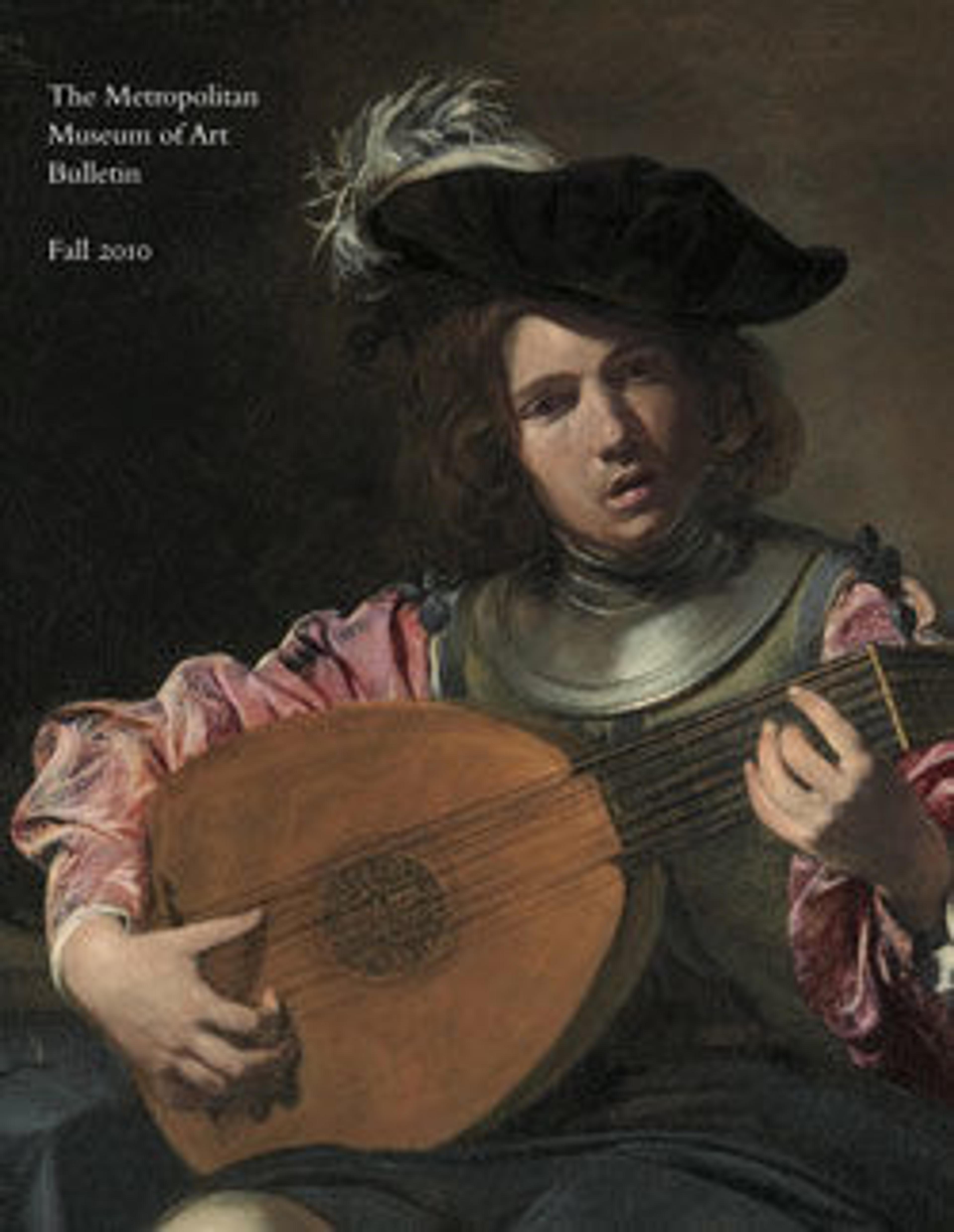Chalice
High-ranking church officials would have used this flamboyant Gothic chalice on special occasions, and the object’s colorful and glittering appearance would have been in divine harmony with the multicolored sunlight coming through the stained glass windows. The grandeur of the delicate filigree enameling became associated with the term modo transilvano, or, “in the Transylvanian fashion.” Along with bejeweled examples, ostentatiously colorful, enameled chalices, such as this one, were the pride of church treasuries in Central and Southeastern Europe and Northern Italy, including Venice, which had a common border with the fifteenth-century Hungarian Kingdom. The majority of ecclesiastical silver was destroyed during the Reformation in the sixteenth- century. The chalice bears the date 1462 and names the otherwise unknown donor Nicolas Cynowec. The object itself is equally illustrious as its distinguished provenance, from the collection of Baron Nathaniel de Rothschild in Vienna.
Artwork Details
- Title:Chalice
- Date:1462
- Culture:Southeastern European
- Medium:Gilded silver, filigree enamel, pearls
- Dimensions:Overall: 8 7/16 x 5 1/2 in. (21.5 x 14 cm)
diam. of cup: 4 3/16 in. (10.6 cm) - Classification:Metalwork-Silver
- Credit Line:Gift of The Salgo Trust for Education, New York, in memory of Nicolas M. Salgo, 2010
- Object Number:2010.109.6
- Curatorial Department: Medieval Art and The Cloisters
More Artwork
Research Resources
The Met provides unparalleled resources for research and welcomes an international community of students and scholars. The Met's Open Access API is where creators and researchers can connect to the The Met collection. Open Access data and public domain images are available for unrestricted commercial and noncommercial use without permission or fee.
To request images under copyright and other restrictions, please use this Image Request form.
Feedback
We continue to research and examine historical and cultural context for objects in The Met collection. If you have comments or questions about this object record, please contact us using the form below. The Museum looks forward to receiving your comments.
